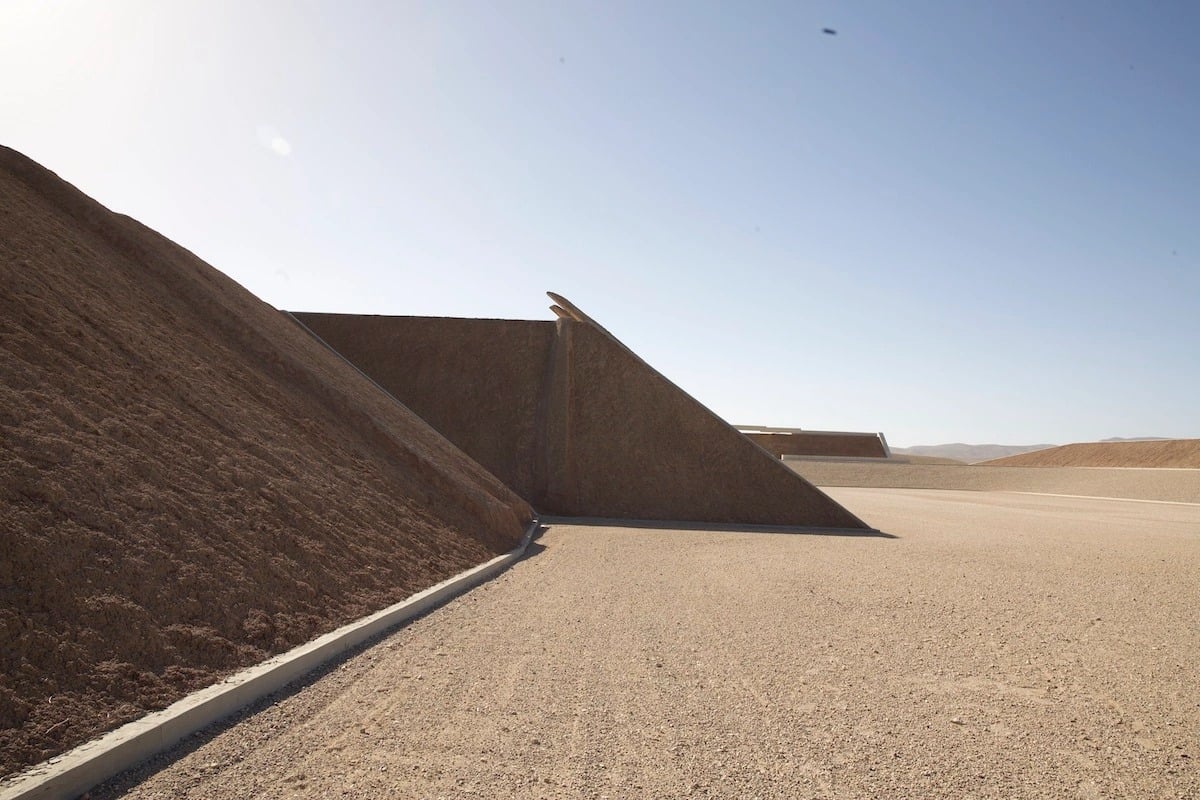
Michael Heizer was just 27 years old when he began work on "City" in 1970. Now, 50 years later, the reclusive American artist is finally ready to showcase his life's work. The 1.5-mile-long complex, which cost $40 million to build, opened to the public on September 2, 2022. It is the largest contemporary artwork ever built. The exact location of "City" is a secret. But it lies in a remote valley in Nevada's Great Basin Desert.
"City" draws inspiration from ancient cities in the Americas and Egypt. The sculpture's smooth, round mounds and massive structures are built primarily from rocks, clay, and dirt obtained from the surrounding Nevada desert. The natural materials were collected with minimally invasive methods to ensure the native plants and wildlife were not disturbed.

Heizer initially funded "City" himself. But his work quickly caught the attention of large art institutions and collectors. In 1998, supporters of "City" established the Triple Aught Foundation to fund, oversee, and operate the massive installation.
Two notable monuments bookend the mega sculpture. "Complex One," the first structure Heizer built, resembles a large altar or mastaba. It was inspired by the stepped pyramid of Zoser in Luxor, Egypt. The second sculpture, titled "45°, 90°, 180°," is a row of neatly-placed concrete rectangles and right triangles. "City" also boasts several intricately-built structures, hills, and paths.

A trip to "City" requires some planning. Only six reservations, each costing $150, are available daily. Those lucky enough to obtain a spot must make their way to the town of Alamo, Nevada. They are then driven to the artwork and allowed to spend a few hours admiring Heizer's life-long work. Since the remote site has no cell phone service, streetlights, or paved roads, all visits end well before dark.
While Heizer describes "City" as "democratic art, art for the ages," he is reluctant to explain further. The artist told the New York Times, "I am not here to tell people what it all means. You can figure it out for yourself."
Resources: artnews.com, architecturalrecord.com, tripleaughtfoundation.org, smithsonianmag.com
